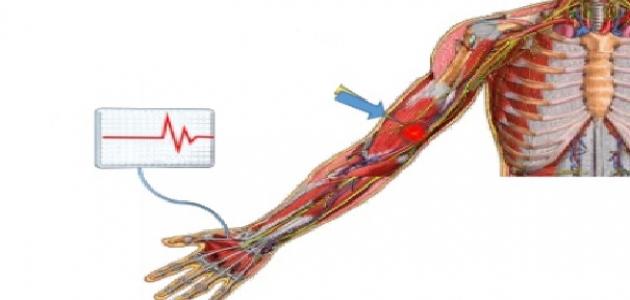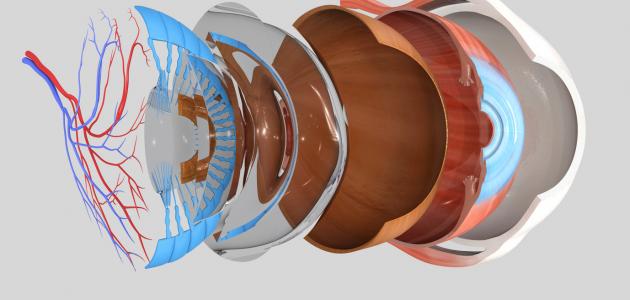Contents
Nervous system
The nervous system, or what is also called the nervous system, is one of the most important systems that characterize living things. It is present in all organisms from monocytes to mammals, which consists of a group of simple circuits between small groups of neurons in monocytes, and the formation of The nervous system is complex with the climb up the ladder of evolution, until the most complex and efficient types of nervous systems in humans are reached.
Definition of the nervous system
The nervous system is known as the internal communication network in the body of living things, which adapts the body to the environmental changes that surround it.
Sections of the nervous system
The nervous system consists of two main parts, where each department is responsible for performing several specific functions, and these two departments are:
- The central nervous system.
- peripheral nervous system.
How does the nervous system work
The nervous system consists of billions of specialized cells known as neurons or neurons, which aggregate together in the form of cords known as nerve cords, as these nerves take many ways to transmit information quickly to all parts of the body, in addition to causing a reaction in humans as a result of exposure to certain situations It does not take a fraction of a second to perform thousands of complex processes inside the body.
- The specialized neurons known as receptors translate what a person feels into nerve signals known as impulses.
- Nerve impulses travel through nerve fibers at a speed of 1 to 90 meters per second, to the brain and spinal cord.
- Neurons in the brain receive, analyze and interpret nerve impulses, and choose the appropriate decision and reaction to take.
- The brain sends new nerve impulses that are transmitted through motor neurons to reactants, such as those in muscles and glands, to respond to brain commands.
- The brain also sends its messages to the heart to increase the pulse and contractions, thus increasing blood flow.
An example of how the nervous system works
When a person sees a tiger, the receptors in the eyes respond to the light rays, reflecting the vision and translating it into nerve impulses that are transmitted to the neurons in the brain, which translates the tiger’s vision into the need to feel fear, and sends other nerve impulses to the respondents to carry out the brain’s commands, for example the muscles of the legs respond To help the person to flee away from the danger, as the brain sends a message to the heart to increase the pulse and flow more blood in the muscles of the legs to speed up the ability to run.












